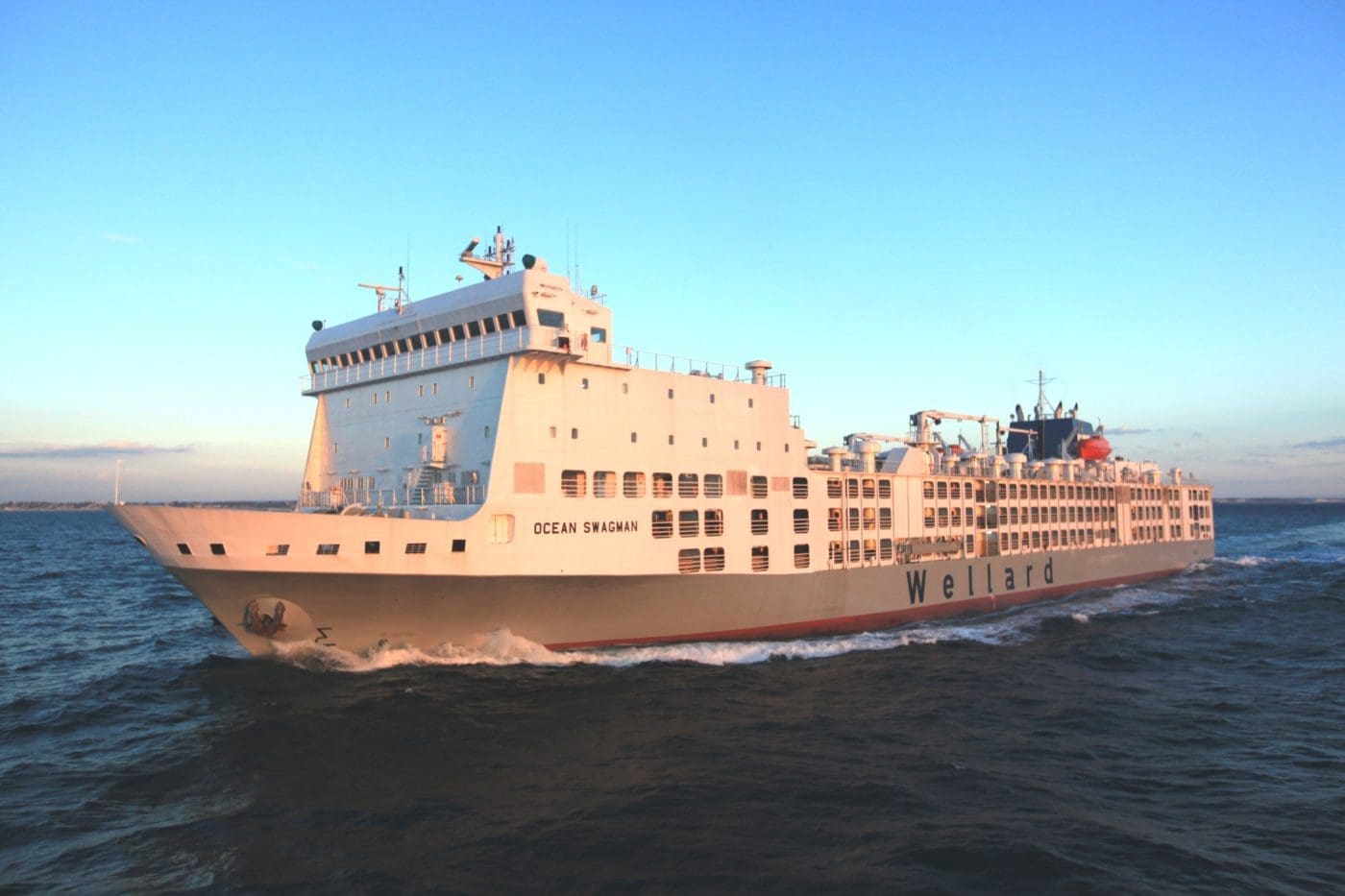If it makes economic sense to ship grain by sea from Western Australia to eastern Australia to fill a feed void during drought, does the same principle apply to cattle?
Do the economics stack up to ship WA cattle in one lift to an eastern sea port to supply cattle to restockers in Queensland or New South Wales, and would such a scenario even be permitted under existing regulations?
On the latter question the answer appears to be yes, while on the former, the answer appears to be more doubtful (more detail below).
Can cattle be shipped from one Australian port to another?
The Federal Department of Agriculture directed Beef Central’s inquiries on the question to the various State Governments, stating that “the movement of livestock by air, sea or road within Australia is managed by the relevant states and territories”.
Advice from the WA Department of Primary Industries and Regional Development was that it would effectively be up to the importing jurisdiction to set the conditions of movement.
We didn’t quite get to contacting all of the States that could possible take WA cattle in such a hypothetical, but the response from the Queensland Government was that effectively it could be done – provided the vessel remained within 12 nautical miles of the Australian coastal limit throughout its journey.
“Under a general principle, livestock can be transported between states by sea if vessels remain within Australian waters,” a Biosecurity Queensland spokesperson said.
“Vessels that go outside of the 12 nautical mile coastal limit would have to negotiate with the Federal Government in relation to import protocols.
“Biosecurity Queensland would consider any applications for livestock to be moved in this way, but we would need to ensure any biosecurity risks are appropriately managed.”
Others with close knowledge of prevailing rules at either Federal or State level may be able to shed further light on the topic for our readers and are encouraged to share their information in the comments section below.
When put to trade sources, reactions ranged from some who said they’d never considered the concept of shipping a large consignment of restocker cattle from State to State by sea, to others who said they had indeed explored similar strategies in the past but the economics have never quite stacked up.
Some felt there were rules preventing a vessel carrying livestock from one Australian port and unloading in another Australian port if the vessel involved had previously travelled in international waters – i.e. only a vessel that had never been outside Australian waters could be used. This was not a point raised, however, by any of the Government responses we received.
Readers may remember the MV Jawan incident off Portland in late 2018. The loaded vessel began listing badly almost immediately after leaving port. It took significant negotiations and special quarantine arrangements to be agreed to before the cattle aboard could be unloaded again at the port. The cattle had been deemed to have officially left Australia, even though they barely left the port, and therefore could not be unloaded.
Would the economics stack up?
Establishing if the economics would stack up is another challenging process, and one that requires an intricate knowledge of current port, shipping and logistical costs, information that is not readily available.
Prices being paid for similar cattle in WA and Eastern Australia indicate the latter were trading at around 80c/kg more than the former, late last week at least.
Whether WA cattle could be bought, loaded and shipped and fed for several days and landed at a port in Queensland or NSW for less than equivalent cattle in those States are commanding is the question.
Of 10 or so trade sources we have discussed this with over the past week, just about all thought it would be doubtful.
One veteran livestock agent recalled that in 2011, when northern cattle prices crashed in the weeks following the ban on cattle exports to Indonesia, he and his colleagues explored the feasibility of buying cows in northern WA and shipping them from Wyndham across to Townsville.
It didn’t work for two reasons, he said.
First, the regulatory advice they received at the time was that once cattle went through an export facility and were loaded onto a ship, they could not be brought back into Australia.
Second, “the maths didn’t add up”: “by the time you put them on a ship and fed them, four days out there, and then unloaded them, you were behind,” he explained. “Even though it sounded right, we were still better off putting them on trucks.”
But he also ventured that different market dynamics may deliver a different result, and the lower per head transport cost of shipping larger numbers of lighter cattle may also work in favour of such a concept in some instances.
Meanwhile Nutrien WA Livestock Manager Leon Gigila also told Beef Central the concept has been considered before, but said it was cost-prohibitive, largely because of the port charges.
Trucking companies were already very adept at transporting cattle quickly, efficiently and effectively, he said.
“They have got it down very, very well; the welfare of the animals is very well maintained, and the welfare of drivers too, spelling on the way to rest animals, rehydrating and feeding them, and then handing over to the next fresh crew of drivers who are ready to go as well.”


From my recollection in addition to the ones outlined above there is a third factor that comes into play.
It is my understanding that the Australian maritime unions will not allow shipping from one Australian port to another if the crew manning that ship is not Australian and paid at the going Australian rate.
To my knowledge there are no sheep or cattle carriers that sail under the Australian flag or are manned by an Australian crew.